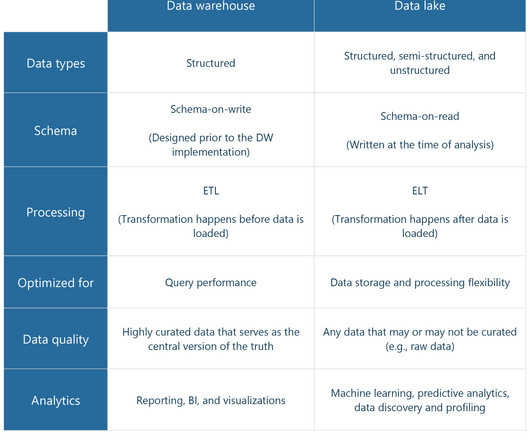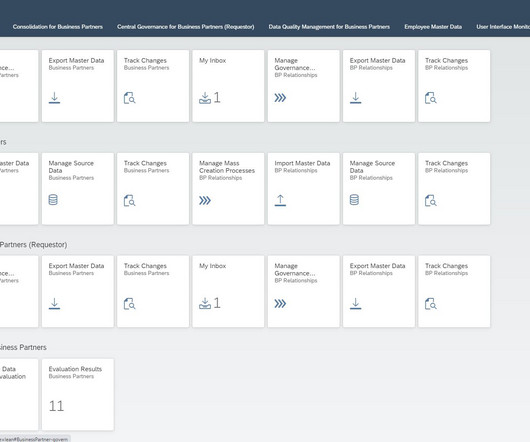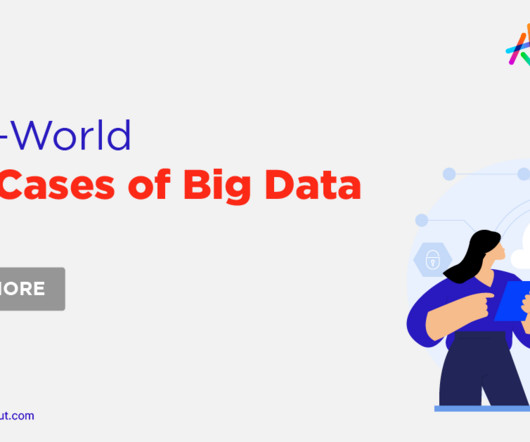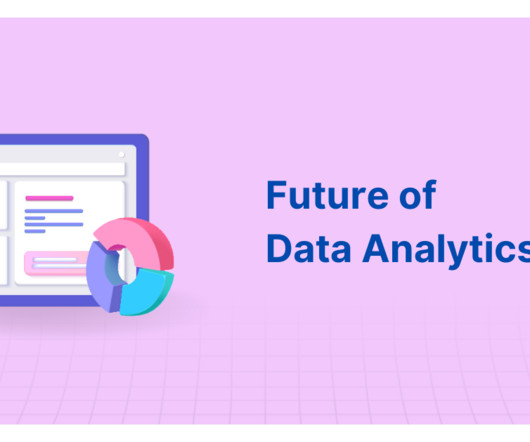Data Accuracy vs Data Integrity: Similarities and Differences
Databand.ai
AUGUST 30, 2023
There are various ways to ensure data accuracy. Data validation involves checking data for errors, inconsistencies, and inaccuracies, often using predefined rules or algorithms. Data cleansing involves identifying and correcting errors, inconsistencies, and inaccuracies in data sets.












Let's personalize your content